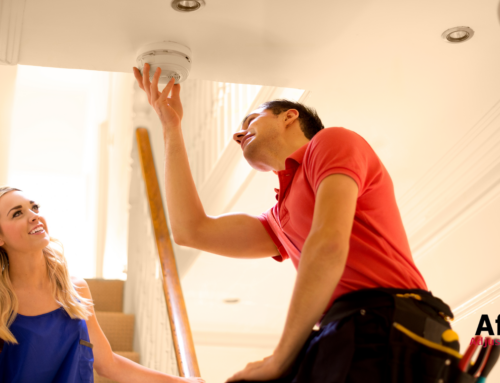Homes built before 1975 are likely to have cast iron pipes in the plumbing system. Prior to this time, PVC piping was not commonplace. Unfortunately, these pipes are notorious for breaking, bursting, and leaking as they get older, and they are less reliable than their newer plastic replacement.
As cast iron pipes age, they can weaken and burst. As a homeowner, this leads to significant water damage and mold issues. And to make matters worse, burst cast iron pipe claims are often denied by insurance companies. That’s why it is important to recognize the signs of cast iron pipe issues.
Why Do Cast Iron Pipes Fail?
Iron corrodes when it interacts with oxygen and water. So, naturally, plumbing pipes are subject to this chemical process. As the iron corrodes, the pipe wears away and can crumble, burst, or break.
In addition to natural aging, cast iron pipes and fittings can corrode when exposed to:
- Household chemicals: These chemicals are found in household cleaning products, detergents, etc. When poured down drains or flushed down toilets, these chemicals corrode cast iron pipes from the inside.
- Pesticides: Pesticides and lawn chemicals cause corrosion to the outside of cast iron pipes.
- Dampness: Pipes found in clay soil or other damp conditions will corrode.
How to Determine If Pipes Are Damaged
Wouldn’t it be wonderful if a damaged pipe sent a quick text message letting you know that you needed to make a quick fix? Instead, damaged pipes can go undetected until your home has catastrophic water damage.
Although your damaged pipes won’t send out an SOS message, there are signs to look for:
- Buckled or warped flooring: Look for flooring areas that show buckling, warping, or sinking. A leaking pipe below the floorboards could be the culprit.
- Stains: Do you see brown stains on carpets, walls, or ceilings? This is caused by leaking water within your walls. By the time you notice stains, the damage may be severe. Take care of leaks as soon as you note any water damage.
- Loose flooring: Check bathrooms and kitchens for loose or uneven floor tiles. When you have leaking pipes, the water can loosen the adhesive holding the tile down.
- Bug infestation: Insects thrive where there is a water source. If you notice an abundance of roaches, silverfish, termites, carpenter ants, camel crickets, book lice, rats, or mice, you may have a water leak.
Now What?
If you notice any signs of cast iron pipe failure, contact a professional to inspect your property. They can help you determine the cause of the leak and provide you with next steps for fixing the issue.
Once you know what you are dealing with, it is time to contact a public adjuster to help you file an insurance claim. Aftermath Adjusters & Consulting understands that filing a water damage claim due to cast iron pipes can be tricky. We know the right documentation needed and how to negotiate a settlement for these claims to avoid a denied claim. If you have cast iron pipes and have discovered a leak, give us a call. We are ready to help you.









